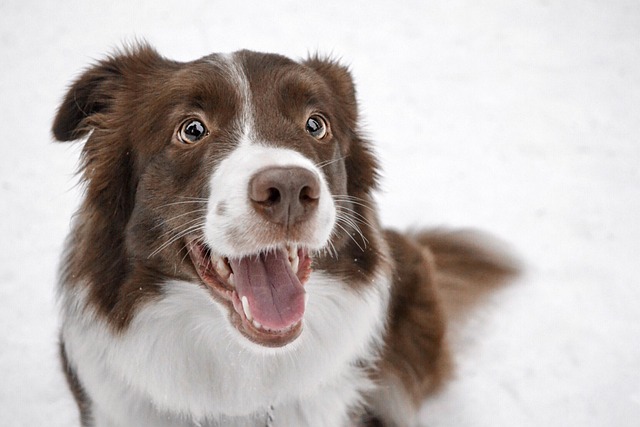
Are border collies hard to potty train?
Border collies aren’t inherently harder to potty train than other breeds, but their unique traits can make the process feel trickier if you’re not prepared.
Picture this: You've mastered "sit" and "stay" with your Border Collie, Scout, in your Denver backyard. But the moment you try walking him off-leash near Cherry Creek Trail, he bolts after a cyclist despite your frantic calls. That gap between basic obedience and real-world reliability? That's where advanced dog training begins. It’s not about fancy tricks—it’s about proofing behaviors in unpredictable environments while respecting community standards.
Scientifically, advanced training targets impulse control and cognitive flexibility. Unlike basic commands taught in low-distraction settings, advanced work challenges a dog’s limbic system—the brain region governing instincts like chasing or scavenging. Canine cognition studies show dogs need 200+ repetitions across varying contexts to generalize behaviors. For Scout to ignore squirrels in Seattle’s Discovery Park, he must learn emotional regulation, not just commands. This requires layering desensitization (gradual exposure) with differential reinforcement (rewarding only perfect responses). Tools like 30-foot training leashes allow safe practice while mimicking off-leash freedom.
Start by elevating fundamentals. Transform a basic "stay" into a 3-minute "wait" as you toss a tennis ball near Scout’s paws. Practice "heel" through Portland’s Saturday Market, rewarding only when his shoulder stays aligned with your knee despite food smells. Introduce remote cues: Teach a hand signal for "down" from 20 yards away. For apartment dwellers, simulate real-world chaos by practicing "place" commands during doorbell rings or elevator arrivals—critical for preventing escapes in high-rise lobbies. Advanced training demands precision: If Scout retrieves a dumbbell but drops it 2 feet away, withhold the reward until he delivers to hand. Consistency is non-negotiable; train 10 minutes daily, not 60 minutes weekly.

Critically, advanced training intersects with U.S. legal and cultural expectations. Off-leash work requires perfect recall—not just for safety, but to comply with leash laws in spaces like NYC’s Central Park (where fines exceed $200). Ensure Scout’s rabies tag is visible and always carry waste bags—even during training sessions in San Francisco’s Presidio. Culturally, force-free methods are paramount. Shock collars or physical corrections during complex training violate animal welfare norms and may be illegal in states like New Jersey. Apartment etiquette intensifies at this level: A dog performing "go to bed" during neighbor disputes or ignoring hallway distractions demonstrates responsible ownership. Remember, public access remains restricted—only service dogs performing disability-mitigating tasks (like guiding or seizure alerts) legally enter stores or restaurants.
Ultimately, advanced training measures reliability, not complexity. Scout sitting calmly while another dog charges at Austin’s Zilker Park? That’s mastery. If he struggles, revert to foundational work—never force progress. Pair incremental challenges with high-value rewards, uphold local regulations, and prioritize community respect. The goal isn’t perfection; it’s a partnership built on trust.

Border collies aren’t inherently harder to potty train than other breeds, but their unique traits can make the process feel trickier if you’re not prepared.

Teaching a dog to high five isn’t just a party trick—it’s a fun way to bond, boost their confidence, and keep their brain sharp.

Anyone new to hunting with dogs knows the struggle—you want a partner that listens, adapts, and picks up skills without endless frustration.

Ever seen a Labrador retriever effortlessly fetch game in the fields or a German Shorthaired Pointer lock onto a scent with laser focus? Behind those impressive skills lies extensive training—and a price tag that varies widely.

That sinking feeling of coming home to find your favorite chair leg gnawed beyond recognition or a new cushion ripped apart is a rite of passage for many new dog owners

Teaching your dog to nuzzle their nose into your palm isn't just a cute party trick—it's a foundation for communication, trust, and even practical safety cues.